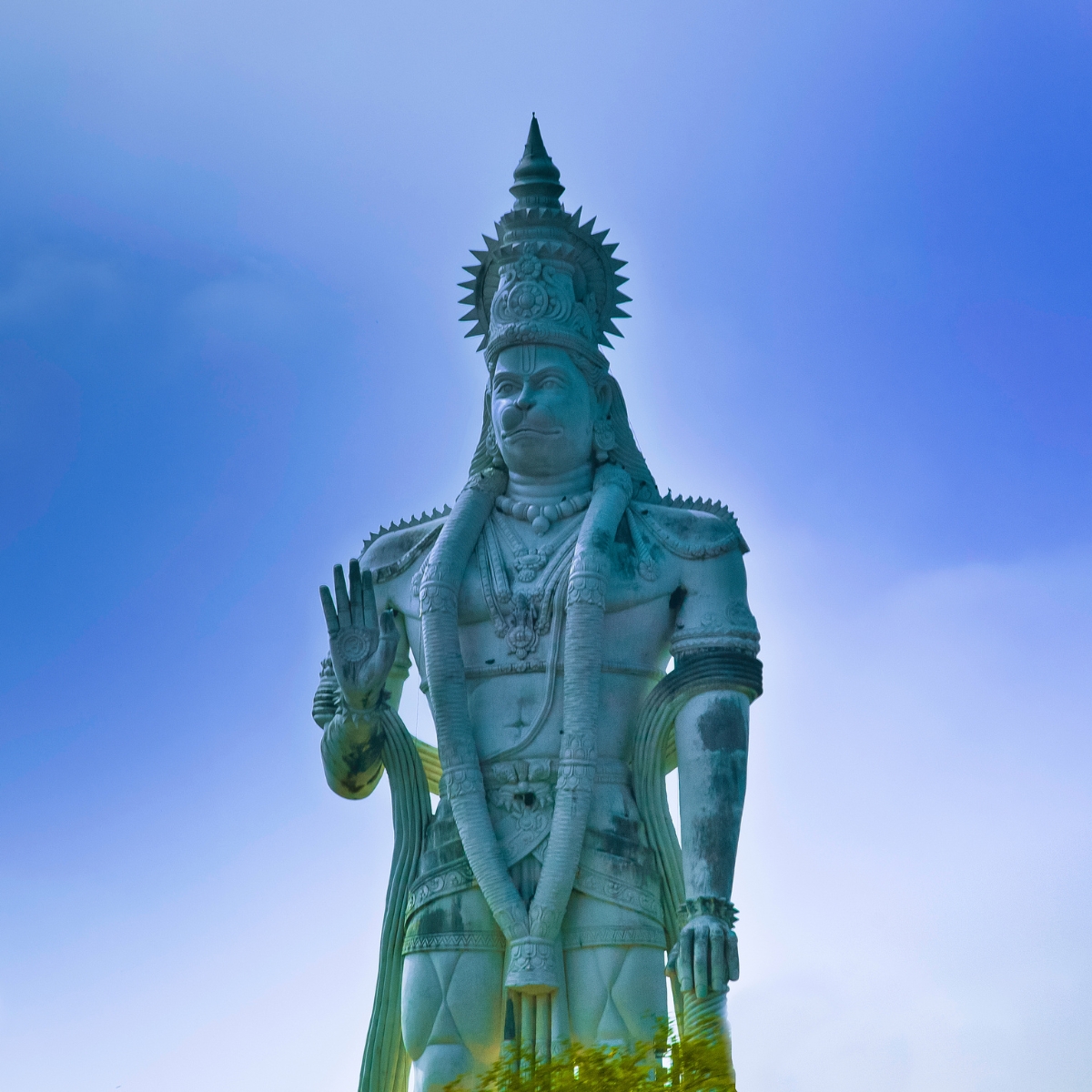Introduction:
Heavy Metal is a music genre known for its powerful guitar riffs, thunderous drums, and electrifying vocals. Emerging in the late 1960s and early 1970s, it has branched into various subgenres, each with a unique sound and style. The genre is famous for its rebellious fashion, featuring iconic band logos, leather jackets, and an abundance of studs and spikes. Album covers often display dark, fantastical, and provocative imagery, reflecting Heavy Metal’s intense themes.The Heavy Metal subculture fosters a strong sense of community and identity, with concerts and festivals serving as key gathering spots for fans. It embraces a DIY ethic, with many bands and fans involved in independent production and promotion. Lyrically, Heavy Metal explores themes of power, freedom, rebellion, mythology, history, and existentialism, often challenging societal norms. Its influence extends into literature, film, and video games, maintaining a loyal and growing fanbase despite facing criticism and censorship, proving its lasting appeal and cultural significance.
Origin of heavy metal:
Early Influences and Pioneers:
Blues Roots: Heavy Metal’s foundation lies in the blues, with its characteristic guitar solos and riffs. Bands like Cream and The Jimi Hendrix Experience incorporated heavier and more distorted guitar sounds, laying the groundwork for what would become the Heavy Metal genre.
Hard Rock Evolution: Hard rock bands like Led Zeppelin and Deep Purple began pushing the boundaries with louder and more aggressive sounds. Led Zeppelin’s “Whole Lotta Love” and Deep Purple’s “Smoke on the Water” are early examples that influenced the genre’s development.
Proto-Metal Bands: In the late 1960s, bands like Blue Cheer and Iron Butterfly started experimenting with even heavier and more distorted sounds. Blue Cheer’s rendition of “Summertime Blues” (1968) is often cited as a proto-metal track.
The Birth of Heavy Metal:
Black Sabbath: Often credited as the pioneers of Heavy Metal, Black Sabbath’s 1970 self-titled debut album introduced the world to a new, darker, and heavier sound. Tony Iommi’s downtuned guitar riffs, Geezer Butler’s dark lyrical themes, and Ozzy Osbourne’s haunting vocals set the template for the genre.
Led Zeppelin and Deep Purple: While not solely Heavy Metal bands, Led Zeppelin and Deep Purple’s contributions to the genre are undeniable. Songs like “Dazed and Confused” and “Immigrant Song” by Led Zeppelin and “Highway Star” by Deep Purple showcased the power and intensity that would define Heavy Metal.
Judas Priest and the NWOBHM: In the mid-1970s, Judas Priest streamlined Heavy Metal’s sound, emphasizing twin guitar attacks, high-pitched vocals, and leather-and-studs aesthetics. The late 1970s and early 1980s saw the rise of the New Wave of British Heavy Metal (NWOBHM), with bands like Iron Maiden, Saxon, and Def Leppard further refining and popularizing the genre.
Cultural Impact and Evolution:
Global Spread: Heavy Metal quickly spread beyond the UK and the US, gaining a global following. Bands from various countries embraced and contributed to the genre, leading to a diverse and vibrant Heavy Metal scene worldwide.
Subgenres and Diversification: As Heavy Metal grew, it diversified into numerous subgenres, each with its unique sound and style. From the speed and aggression of thrash metal (Metallica, Slayer) to the theatricality of glam metal (Mötley Crüe, Poison), and the extremity of death metal (Death, Morbid Angel) and black metal (Mayhem, Emperor), the genre continued to evolve.
Enduring Legacy: Despite facing criticism and controversy, Heavy Metal has endured and thrived. Its influence extends beyond music into fashion, literature, film, and video games. The genre’s themes of power, rebellion, and individuality resonate with fans, ensuring its lasting appeal and cultural significance.
Fashion and style of metalheads:
1970 – Black Sabbath’s debut album is considered to be the 1st true heavy metal record.
Mid 1970s – Judas Priest’s album introduces leather and studs as fashion elements. ‘Headbanger’ term used to identify fans.
Early 1980s – NWOBHM emerges. Punk and Metal intersects leading to subgenres like Speed Metal
Late 80s & early 90s – Hair Metal become known for their flamboyant, glam inspired fashion choices
1990s – Grunge and Alt Rock challenge Metal, impacting fashion with a more casual and less extravagant look
2000s to Present – Nu metal gains prominence. Combining Metal & Hip-Hop. Fashion includes baggy clothing, baseball cap & mix of streetwear and alt fashion.
Heavy Makeup : This style of makeup is characterized by its bold and dramatic look. They have Long and Straggly Hair and put Black Bold Eye Makeup
Footwear : Heavy metal enthusiasts wear black combat boots and some even customize.
Customization and DIY : Heavy metal enthusiasts like personalizing their gear, clothing and their musical Instruments and Leather Jackets, Leather Pants and Blue or Black Jeans are their costume
Accessories: Combat boots and hi-top basketball shoes were used, Spiky bracelet they used to wear in leather and black color, Heavy metal rings in their fingers, Neck chain in leather choker with spike and metal chains in cross and different pendent, Black cowboy hat and sunglass, Band patches , pins and colorful batches are added to their jackets, Leather and spike belts and heavy metal hip chains
(costume,makeup and accessories)
Lifestyle and value:
The heavy metal scene is often associated with a lifestyle that includes alcohol, tobacco, and drug use, as well as riding motorcycles and having numerous tattoos. This scene has developed a strongly masculine community characterized by shared values, norms, and behaviors. Heavy metal can be considered protest music, as its lyrics frequently address political corruption, economic struggles, and societal issues. Bands within this genre express their anger towards the limitations imposed on the factory-working middle class and the declining economy, reflecting the frustrations of their fan base.






